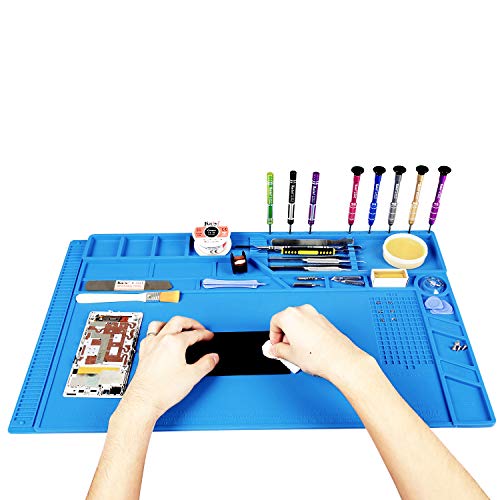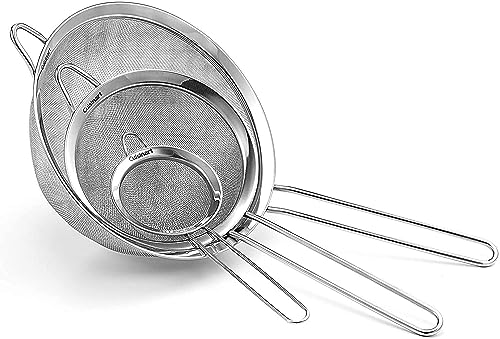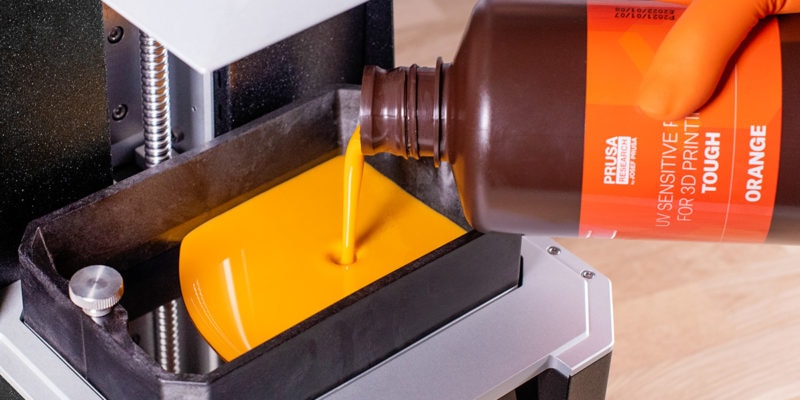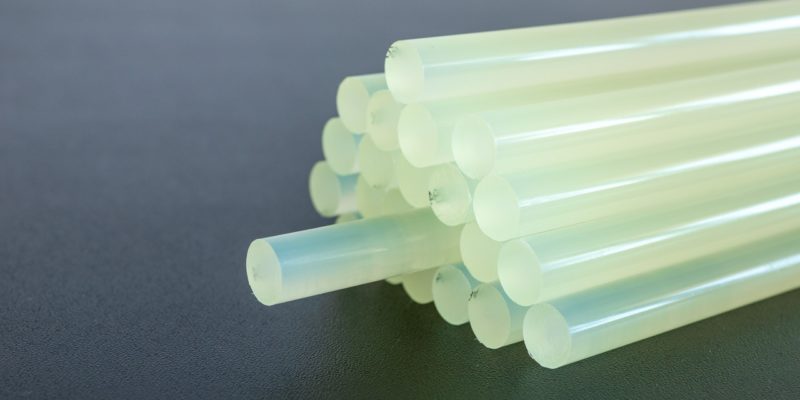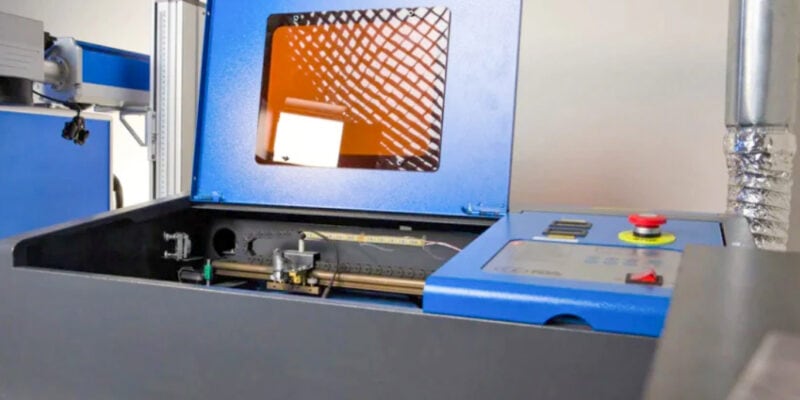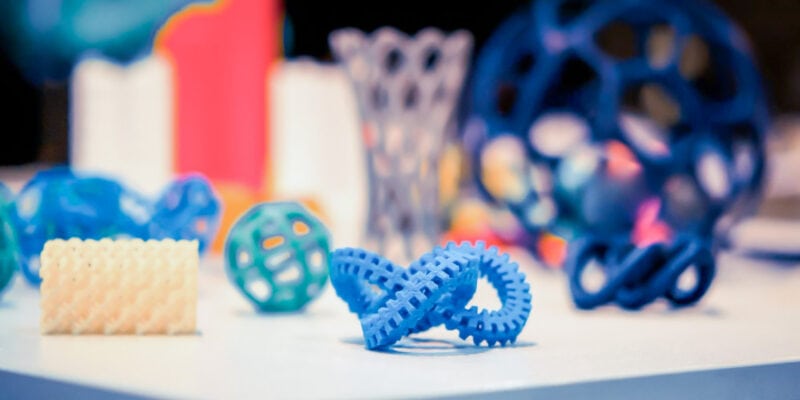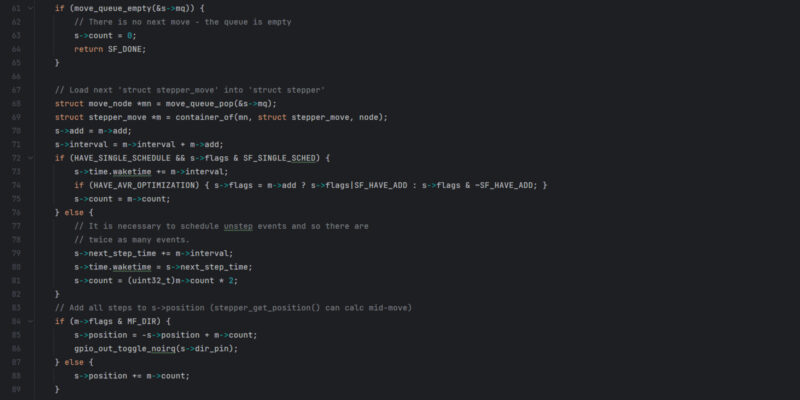Resin 3D printers now come loaded with the latest features and specs designed to make printing resin models easy. But the printers themselves are not self-sufficient, as you’ll need many other accessories to get a high-quality resin print. The appropriate tools aid you in getting the best results from your resin printer and enhance your resin printing process.
Choosing the right tools is not easy, and it can be challenging to pick the best suitable tools for your resin printer. So we’ve compiled a list of essential accessories that will help you get the most out of your resin printing setup.
Read on to learn about all the different resin 3D printing accessories and tools and how they can benefit you!
Must-Have Resin Printing Accessories & Tools
Safety Equipment
Nitrile Gloves
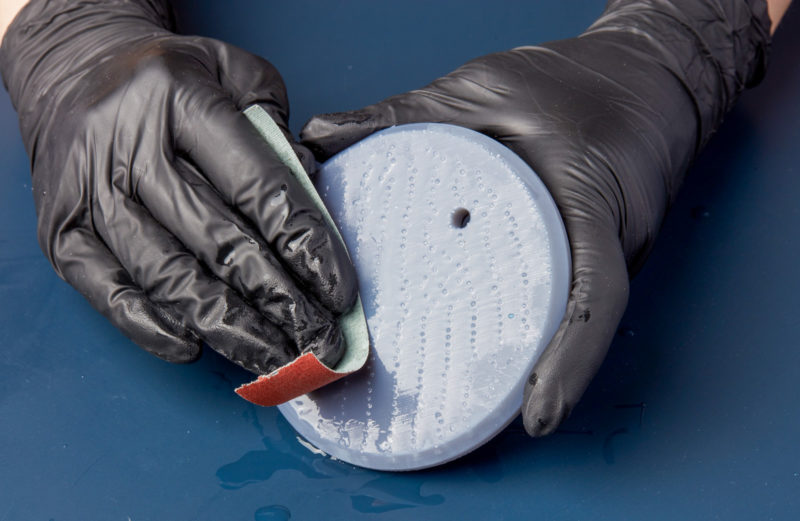
3D printer resin is not a skin-friendly material and might cause irritation and chemical burns on your skin. To protect yourself from these side effects while handling the resin, it is imperative to use gloves. Nitrile gloves last longer than latex ones and are excellent for people who have a latex allergy or sensitivity.
For extra durability, you can clean the gloves with Isopropyl Alcohol (IPA). From a safety viewpoint, nitrile gloves are among the basic and essential post-processing accessories you need for a safe resin 3D printing experience.
Respirator Mask
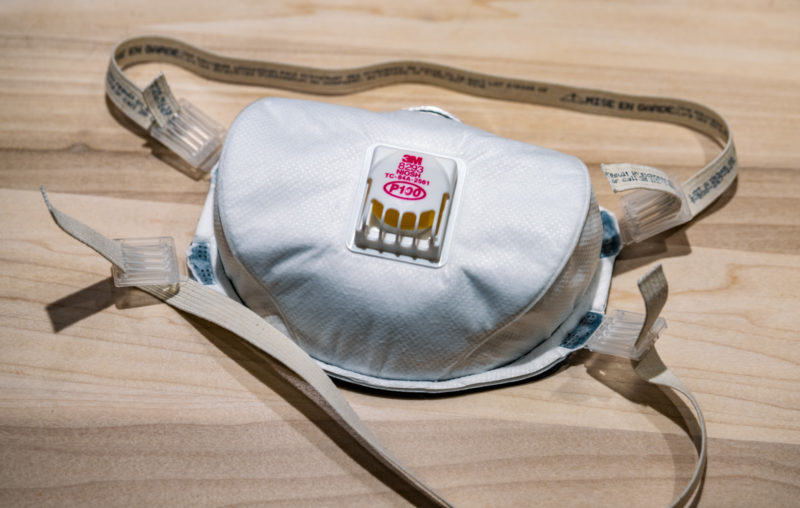
As might already be clear, 3D printer resins contain a mix of chemicals that aren’t human-friendly. These chemicals emit toxic 3D printing fumes, which can damage your lungs with prolonged exposure. Its particles gradually accumulate in your respiratory tract and irritate your airways.
A respirator mask with interchangeable air filters will block these harmful fumes and help prevent long-term damage. It also minimizes the foul smell of the resin and saves you from headaches while handling the resin or post-processing your resin prints. It is a worthwhile investment that makes the resin printing process safer for you.
Safety Glasses

Most resin 3D printers use UV light to cure the liquid resin. Exposing your eyes directly to this UV light might cause chronic side effects such as cataracts and corneal damage, ultimately leading to impaired vision. This is why resin 3D printers come with a UV-light blocking enclosure that filters out the UV rays.
But there are times when you might need to interact with the printer without any cover. At such times, a pair of UV-blocking safety glasses will save your eyes from any potential damage. These will also protect your eyes from any accidental resin splatters or spills which might severely damage your eyes.
Silicone Desk Mat
Even if you’re extremely careful, resin spills are bound to happen and will spoil your 3D printing table’s surface. Additionally, cleaning liquid resin is messy and unnecessarily increases your post-processing efforts.
A silicone desk mat saves your desk from accidental spills and eases your cleaning process. You can leave the mat in the sun or under a UV light, and the resin material pops off easily once it is cured. A silicone mat with sorting compartments increases its usability by helping you sort out your workspace and organizing tools during repair work.
Air Purifier
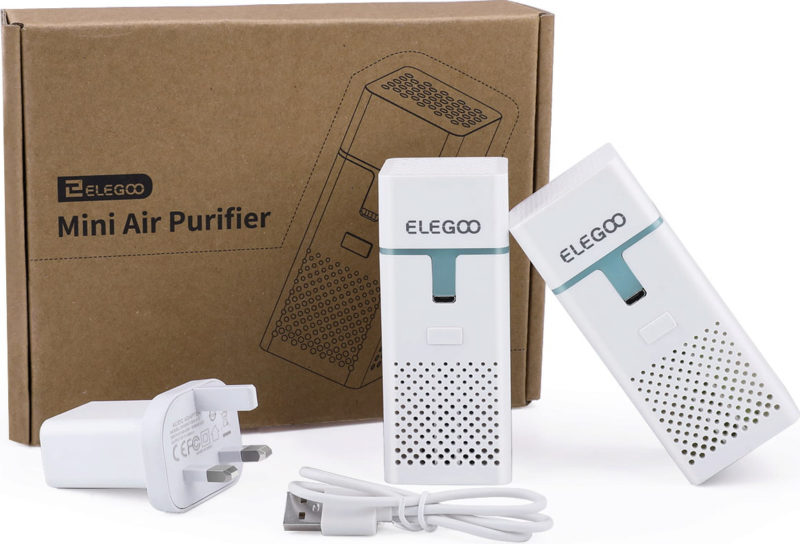
3D printer resin releases these poisonous fumes into the atmosphere during the curing process. And while all resin 3D printers have a protective cover, not all of them have a filtering system to remove these vapors.
An air purifier with a HEPA filter does help filter these fumes and removes the nauseating resin smell. It is hands-down one of the best safety accessories you can get to improve your resin printing workspace.
You can either place it in the resin printer enclosure (if you get a small model, like the ELEGOO mini air purifier), or set up a larger one in your room. When you combine it with a respirator mask, you ensure maximum safety and protect yourself from the negative side effects of resin fumes.
Print Removal
Flexplate

Resin prints can be notoriously difficult to remove from the build surface. You can damage the print’s surface or the print itself if you try to pry off the model too hard. A typical scraper tool might also scratch the print bed and reduce its efficiency. These additional hassles of removing the print safely can increase your post-processing times significantly.
A flexplate helps you easily remove your resin prints with a simple bending of the build plate. It is made up of spring steel that flexes easily and lasts for a long time without noticeable damage. The steel surface might also help with bed adhesion and increase your chances of a successful print.
Silicone Spatula

Print failures are an inevitable part of your resin printing journey. And when resin prints fail, these will either stick to the print bed or to the FEP film below the resin vat. You can remove the prints on the bed with a plastic scraper. But if you use the same tools on the FEP film, you might either tear it or damage the thin plastic film.
A silicone spatula helps clean up the liquid material from the FEP sheet without damaging it. The silicone material is soft and will not scratch the delicate surface of the film. It helps preserve your FEP film for a long time and saves you from unnecessary additional expenses.
Plastic Putty Knife
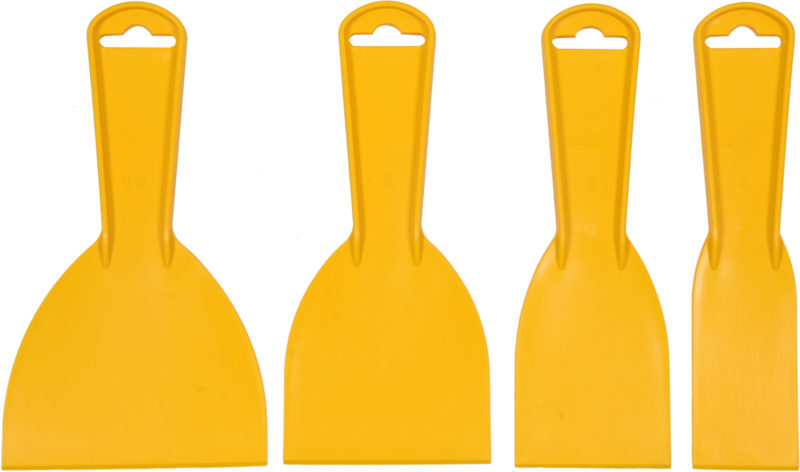
A plastic putty knife is an excellent alternative to a silicone spatula. It comes in handy to remove prints that stick firmly to the build plate or the FEP film. The plastic material will not scratch or damage the print bed easily. If you’re careful, the plastic knife will help you remove the resin prints from your build plate without damaging them.
The plastic knife is one of the cheap and readily available resin 3D printing accessories. It is most practical to get a bunch of these in different sizes. Each blade will help remove prints of varying sizes and make it speed up your post-processing times.
Palette Knife
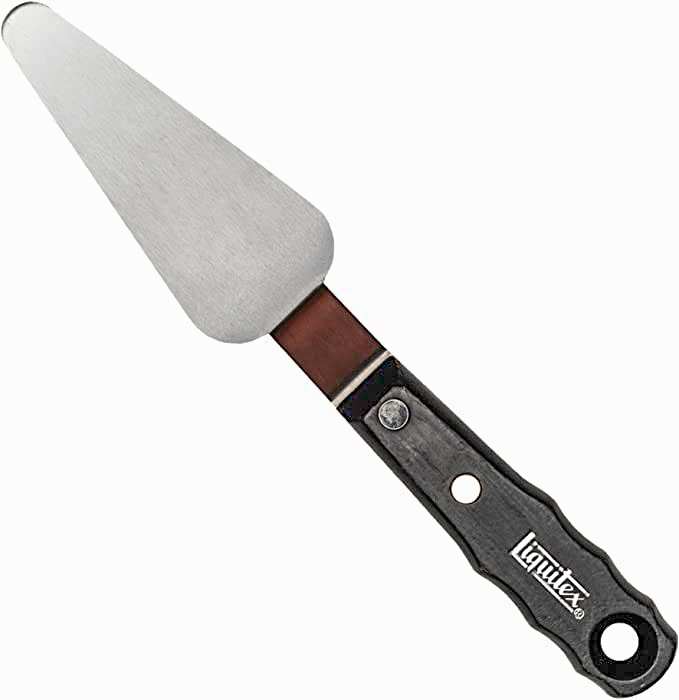
A palette knife or a metal scraper helps you remove your resin print in one go and with minimal effort. The metal knife is durable and comes in handy for the print removal of large resin prints without damaging them.
An extra-wide blade size gives you better leverage, helping you to pry off the resin print easily. You can use a small blade to prevent any damage to the resin print’s surface for smaller prints. But you have to be extremely careful while using these palette knives, or you might damage your print bed’s surface, reducing its adhesion properties.
Post-processing & Clean-up
Pickle Bucket
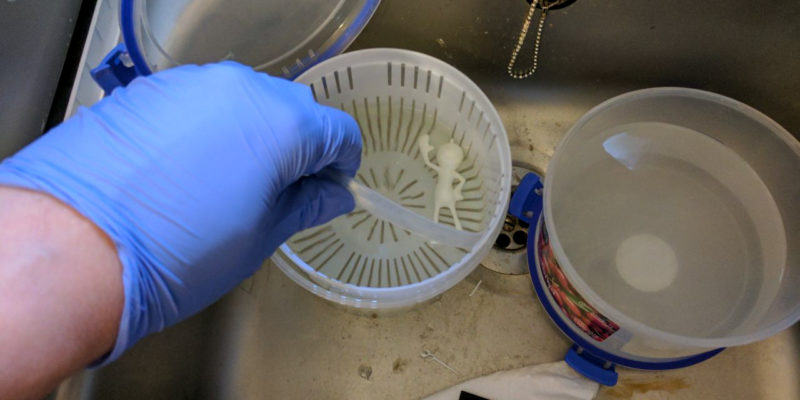
A pickle bucket will help you clean up your resin models and prepare them for curing. The small-sized container is ideal for washing your minis or tiny models, and the filter that it comes with is perfect for holding your models in place. It removes the need to manually clean your models as you can leave them in the filter with isopropyl alcohol in the container.
The pickle bucket is an easy-to-use, cheap, and accessible resin 3D printing accessory that facilitates the post-processing of your resin prints. You can upgrade to bigger containers to clean big-sized prints as you progress further in your journey.
UV Curing Light
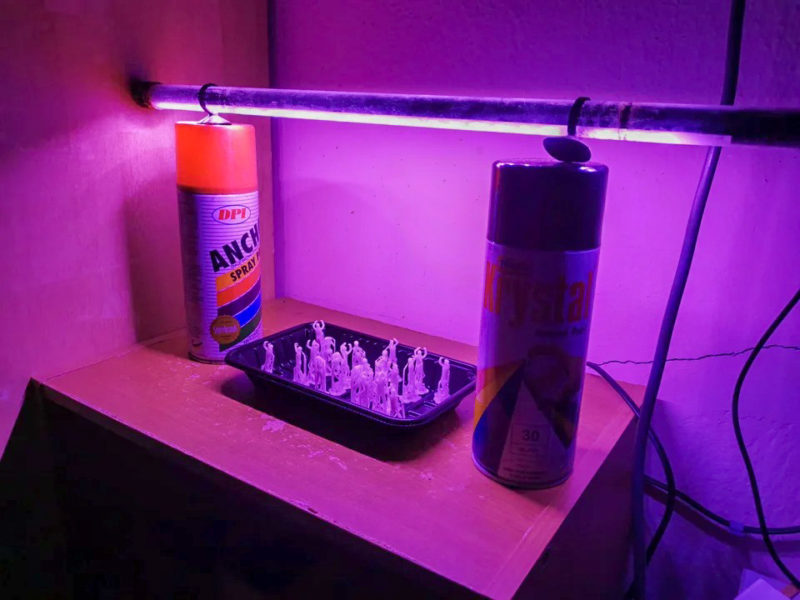
Curing resin prints is the final step in the resin printing process, and it seals in the properties of your resin models and solidifies any uncured resin. A UV curing light lets you cure your models manually, giving you more control over the curing process. It also lets you cure resin prints of any size and shape.
You can use a mobile light to cure areas of your models that might be inaccessible with a fixed UV curing light. Overhangs, undersides, and bridges of your models are some of the elements that benefit most from using a curing light. Remember to put on the safety glasses while using the light!
UV Curing Station

While a UV curing light gives you more control, it lacks the precision of an automatic UV curing station. You need to be actively involved in curing with the curing light and learn the details of curing your resin prints perfectly.
A UV curing station takes away these hassles and automates the entire curing process. The best UV curing stations come with a rotating turntable and UV lights on the back, top, and sides to cure your models evenly. Keep in mind, however, that the curing area of the station will be a restricting factor that determines the maximum size of the models you can cure within it.
Wash and Cure Station

Two separate pieces of equipment for washing and curing alongside your resin 3D printers will occupy extra space on your desk and might have a high initial investment. Additionally, these individual setups require more maintenance that can increase your post-processing efforts.
A single wash and cure station combines the utility of two pieces of equipment in a single unit. The Elegoo Mercury Plus and the Anycubic Wash and Cure Plus are some of the best accessories designed to clean and cure your models in a single machine. These save your desk space and are a straightforward, all-in-one solution for your post-processing needs.
Isopropyl Alcohol
Isopropyl alcohol (IPA) is an excellent cleaning solution for your resin prints. It does not react with the resin and cleans excess residue from the model. You can get it in different purity grades, with the higher grades being more effective and faster at cleaning your resin models.
The drawbacks, though, are that Isopropyl Alcohol is a relatively costly cleaning solution and it is also highly flammable and needs to be used with caution. Other than being good at cleaning resin prints, IPA also works excellent as a washing liquid and a cleaning agent to clean the build plate and any accidental resin spills.
Flush Cutters
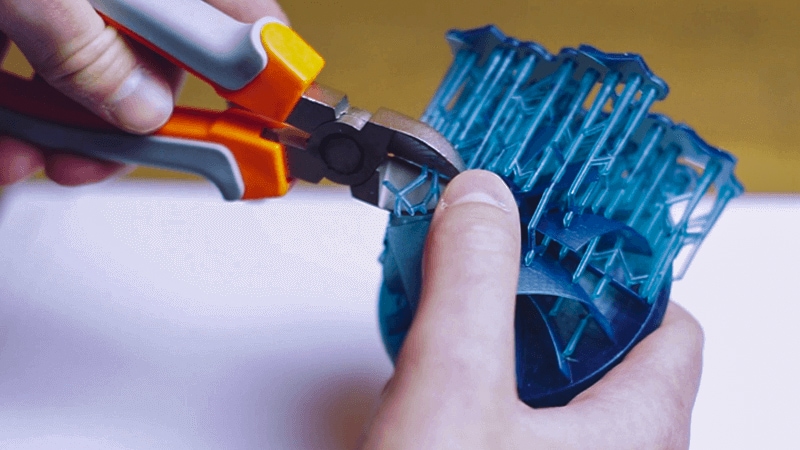
Resin printing requires lots of support. And these supports can be challenging to separate from the model. Some bits might still be stuck to the model even after removing the support structures. A small flush cutter will come in handy to remove these tiny pieces near the support interface.
The flush cutter will cut away the tiny bits and give you a clean surface finish. Many manufacturers ship these with their resin printers, but these are not always of the best quality. A proper Japanese flush cutter, like the Engineer NS-04, will give you better results and a more durable tool.
Flush cutters are easily accessible, cheap, and an essential post-processing tool for resin printing. Aside from removing support structures, you can use these flush cutters to remove brims and rafts and use them in things like electronics work or model building.
Soft Toothbrush
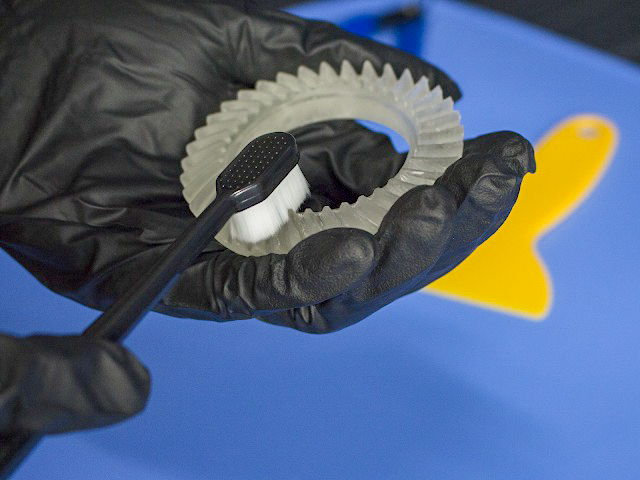
A soft bristle toothbrush cleans out any residual resin that might be stuck even after a thorough wash with IPA liquid. It removes the resin from crevices and hard-to-reach areas, thus entirely cleaning resin from the model. The toothbrush comes in handy for tiny 3D printed miniatures and complex models with intricate and detailed designs.
The soft bristles will save the print’s surface from damage or scratches, making sure the cleaning does not affect the print quality. You can also use the toothbrush to clean out the excess resin from the vat’s edges and other workspace areas.
Ultrasonic Cleaner
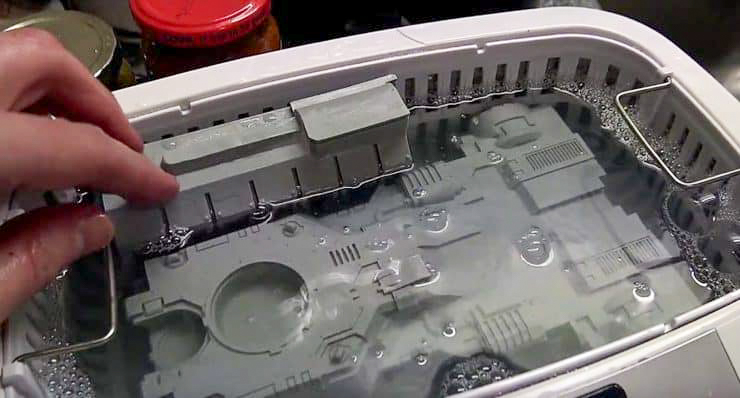
The effectiveness of the washing process of resin models depends on various factors. In some cases, washing the models might not be enough to clean away all the uncured resin. An ultrasonic cleaner is an ideal solution that thoroughly cleans away any sticky resin from your model.
The ultrasonic cleaner vibrates the cleaning solution at high frequencies. It effectively mimics the brushing action and washes away the excess resin quickly and easily. Ultrasonic cleaners are ideal for small items such as 3D printed jewelry and detailed miniatures with many intricate designs that are hard to clean by hand.
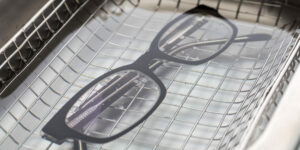
Paper Towels
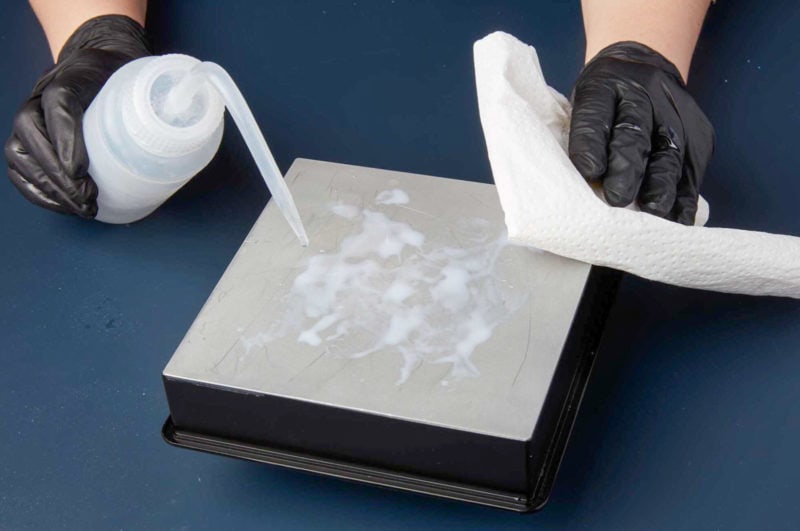
After the washing stage, you cannot simply place your resin part in the curing station. It is likely that there still is some leftover cleaning solution on the model. Paper towels come in handy to soak up this excess cleaning solution and prevent it from damaging your curing station or affecting the quality of the curing process.
Paper towels are an effective tool to clean and dry your models and the build plate without affecting their surface features. The towels will absorb the excess liquid and clean out the surfaces entirely. They are cheap, easy to dispose of, and an effective alternative to cloth towels.
Resin Storage
Resin Storage Container
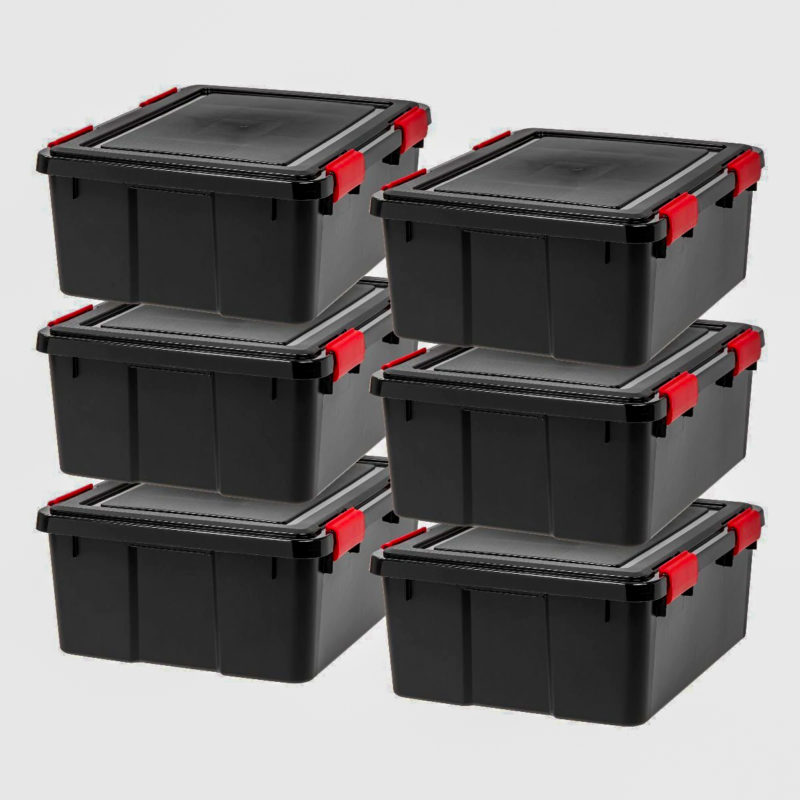
3D printing resin is highly reactive to UV light. If you expose the resin to sunlight, it will start curing instantly. This is why resin printers come with dark-colored, solid bottles that block the sunlight and prevent resin from coming in contact with UV rays. Moreover, the resin is toxic and not safe to touch with bare hands.
A resin storage container helps you store these resin bottles in a single place. If you accidentally spill the resin, the container will help keep the resin inside it and not mess up your workplace. You can either buy a separate container for storing the resin or choose to repurpose any dark-colored container.
Silicone Funnel
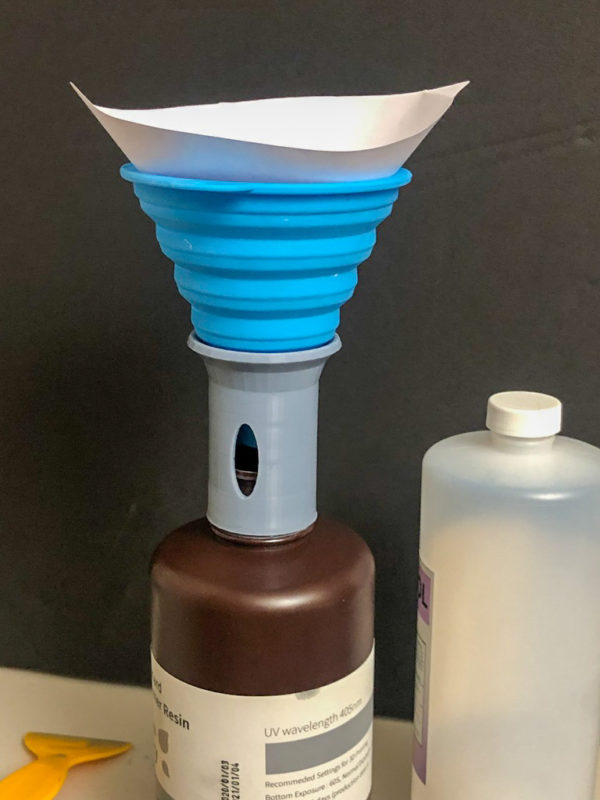
After the printing process is completed, there will be leftover resin in the vat. The excess resin is uncured and can still be reused the next time. Unfortunately, you can’t just leave the resin in the vat for a long time. It might get cured or lose its properties with prolonged exposure to the outside environment.
A silicone funnel will aid you in pouring all the excess resin back into the bottle. It saves you from eyeballing the bottle’s opening and risking spillovers. The funnel provides a larger area to quickly pour the resin in and save you from the cleaning mess later. Because it is made of silicone, you can clean the remaining resin easily by washing it with IPA.
Metal Mesh Strainer
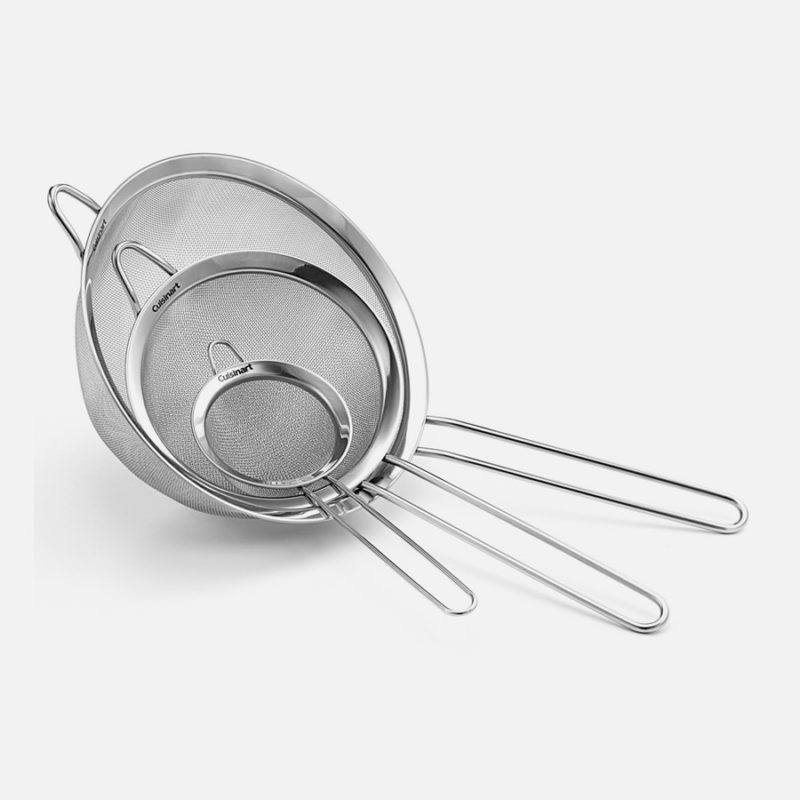
The pickle bucket and the wash and cure stations come with a mesh strainer to let you suspend your models in isopropyl alcohol or other cleaning liquid. The strainer holds the models during the washing cycle and prevents the prints from touching the sides of the container.
If you’re using a DIY washing station, you probably won’t have a strainer. An additional metal mesh strainer is a cheap purchase and will aid in the effective cleaning of your models. You can choose any custom size to ensure that the strainer meets the needs of your washing station.
Paint Strainer
While a silicone funnel helps you to pour the resin back into the bottle, it does not filter out any impurities from the resin. The leftover resin might have some cured resin bits that are not useful and might affect the print quality during the next printing cycle.
Paint strainers have a fine mesh size and are used as filters in resin 3D printing. These will filter out any cured resin bits while pouring the resin into the bottle. A finer mesh size of 100-200 microns is enough to filter out most unwanted stuff.
Other
Spare FEP Film
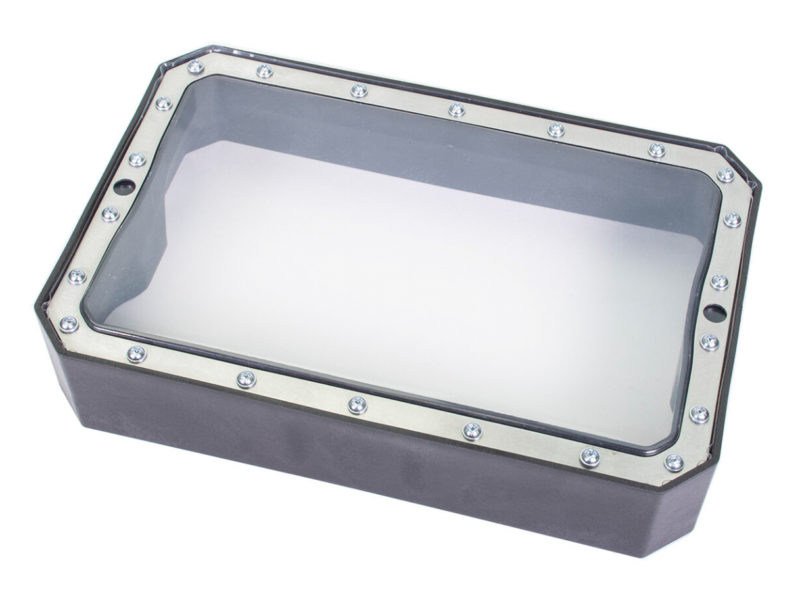
The plastic FEP film on a resin 3D printer undergoes a lot of wear and tear during the printing and cleaning process. It is consumable and you will have to replace it periodically. While manufacturers often rate the lifespan of their FEP films, you never know when one can go bad.
It is better to have a bunch of FEP films on hand in case they fail unexpectedly. It saves your printing time, and you can continue your printing process without having to wait for a new FEP film to come in.
Do I Need a Mask for a Resin Printer?
It is highly recommended that you use some sort of respirator when working with a resin 3D printer. These printers work by curing photopolymer resin with ultraviolet light, and the fumes given off by the resin can be very dangerous to your health. Inhaling these fumes can cause serious respiratory problems, so it’s best to err on the side of caution and use a mask or respirator whenever you’re working with your resin printer.
How Toxic are Resin Printers?
3D printers that use resins can release harmful emissions if not used correctly, so it’s important to be aware of the potential dangers before you decide to purchase one. printer. However, when used correctly and with the proper ventilation, most 3D resin printers are safe.
What Do You Use to Clean Resin Prints?
There are a few different ways that you can clean your resin prints. One way is to use isopropyl alcohol, which you can find at most pharmacies or online. You can also use hot water and dish soap, although this may take longer to dissolve the resin. Whichever method you choose, be sure to rinse your prints thoroughly afterward to remove any residue.
What Do You Do With Resin After Printing?
After you’re done printing with resin, you need to put it back in the bottle so you can reuse it next time. This is important because it ensures that your resin doesn’t dry out or become unusable. You also need to be sure to store your resin in a cool, dark place so it doesn’t deteriorate.
What Resin Should I Buy for 3D Printing?
It depends on your application. There are many different resins available on the market, so it’s important to do your research before making a purchase. Make sure to read the product specifications carefully and ask the manufacturer questions if you’re not sure which resin is right for your needs.
Alternatively, you can look at our article with the best 3D printer resins to see what are the best options out there.
Do You Need to Wash and Cure Resin Prints?
Yes, you need to wash and cure resin prints. Washing removes the uncured resin from the print, and curing hardens the resin and makes it more durable.
Do Resin 3D Printers Use Supports?
Yes, resin 3D printers use supports. Supports are structures that are generated by the 3D printer to hold up overhanging or delicate parts of a printed object until the print is complete. They are typically made from the same resin as the object being printed and are removed after printing is complete.
Are Resin 3D Prints Fragile?
While resin 3D prints can be very precise and detailed, they can also be quite fragile. This is because the UV curing process leaves the resin prints prone to brittleness. In addition, the thin layers used in resin 3D printing can make the finished prints delicate. However, there are ways to reinforce resin 3D prints and make them more durable.
Where Should I Put My Resin 3D Printer?
It’s always best to consult your 3D printer’s specific documentation for the optimal placement of your machine. However, in general, it is advisable to keep your resin 3D printer in a well-ventilated area with ample lighting. Exposure to direct sunlight should be avoided as this can affect the printing process.
Additionally, the temperature of the area where the printer will be placed should be controlled to ensure that the resin does not become too hot or too cold, as this can also impact the printing process. By following these simple tips, you can help ensure that your resin 3D prints come out looking their best!
Is SLA Easier Than FDM?
There are pros and cons to both SLA and FDM 3D printing technologies. SLA 3D printers are typically more expensive, but they produce higher quality prints with a finer level of detail. FDM 3D printers are generally less expensive, but the prints can have a rougher surface finish.
Both technologies have their strengths and weaknesses, so it ultimately comes down to what you need the printer for and what your budget is. If details are important to you, go with a 4K+ resin 3D printer. If affordability is a priority, go with an FDM printer.
Is DLP the Same as SLA?
DLP printing and SLA printing are two different methods of 3D printing. DLP, or digital light processing, uses a projector to cure photopolymer resin into solid objects. SLA, or stereolithography, uses lasers to draw and cure layers of photopolymer resin. Both types of printers can produce high-quality prints, but DLP printers are typically faster and more affordable.
What Accessories are Needed for Resin 3D Printing?
If you’re looking to get started in 3D printing with resin, there are a few essential accessories you’ll need to pick up. First, nitrile gloves are a must-have. Resin can be tough on the skin, so you’ll want to protect your hands while working.
Second, a respirator mask is a good idea. Resin fumes can be harmful, so it’s best to err on the side of safety and wear a mask while 3D printing.
Finally, you’ll need a wash and cure station. This setup is used to clean and cure your 3D prints, and it’s an essential part of the process. With these supplies in hand, you’re well on your way to getting started with resin 3D printing.
Conclusion
Resin 3D printing is an enjoyable and exciting hobby, assuming you know how to navigate your way through it. The tools and accessories in this list aid you in getting the best experience and results while minimizing your efforts as much as possible.
For example, nitrile gloves and the respirator mask saves you from the negative side effects of resin printing. The flexplate is designed to ease the process of print removal. The wash and cure station takes care of a large portion of your post-processing needs. The silicone funnel in combination with a paint strainer helps you to pour the resin without any spills.
Let us know which of these accessories you’re using and which of the tools were new to you. Comment your experiences with resin printing below, and if there’s anything else, feel free to ask us.





